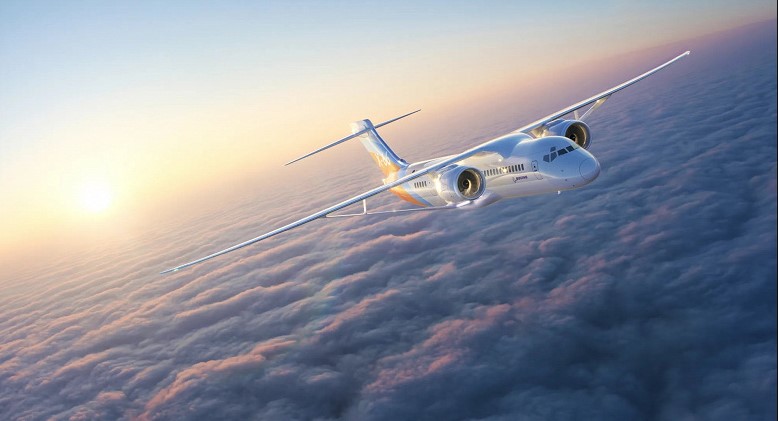
Climate change is perhaps the most serious threat facing the world today. According to the Sixth Assessment Report of the UN Intergovernmental Panel on Climate Change, the average global temperature will increase by 2°C by mid-century. To limit global temperature rise and avoid the worst-case scenario, countries need to reach zero emissions by then. Otherwise, the situation will become much worse.
This means moving to cleaner methods in the energy, transportation, and aviation sectors. The aviation industry is developing technologies to significantly reduce carbon dioxide emissions from air travel and fulfill its climate change commitments. In support of this goal, NASA and Boeing have joined forces to create the X-66 experimental aircraft, the first aircraft to help achieve zero emissions in aviation. Last week, NASA published an updated version of the concept.
The configuration is identical to the one presented by NASA and Boeing at the Experimental Aviation Association’s (EAA) AirVenture Oshkosh air show last year. The design is based on the Truss-Braced Wing concept. It includes very long, thin wings with stabilizing diagonal struts developed by Boeing. This configuration is based on a series of studies called the Subsonic Ultrasonic Green Aircraft (SUGAR), which have been underway since 2011 and are aimed at evaluating the benefits of hybrid electric technologies.
Combined with an advanced propulsion system, sophisticated system architecture, and the use of modern materials, this configuration can reduce fuel consumption and related emissions by 30% compared to commercial aircraft. Development of the X-66 began in early 2019 as part of the Sustainable Flight Demonstrator (SFD) project, part of NASA’s Sustainable Flight National Partnership (SFNP). As part of this project, NASA Aeronautics is working with industry, academia, and other agencies to achieve zero emissions in aviation by 2050.
To create the X-66A, Boeing and NASA modified the McDonnell Douglas MD-90 narrow-body passenger airplane. Modifications include a shortened fuselage and replacement of the wings with longer and thinner versions. The engines were also moved from the tail section to the wings and replaced with gas-electric models. Boeing delivered the MD-90 to its Palmdale, California, plant in August 2023 and has since removed the engines and completed work on the 3-meter wing that will be used for aerodynamic testing.
The ultimate goal of this project is to create a new generation of environmentally friendly narrow-body aircraft, which are most often used in international air transportation.

